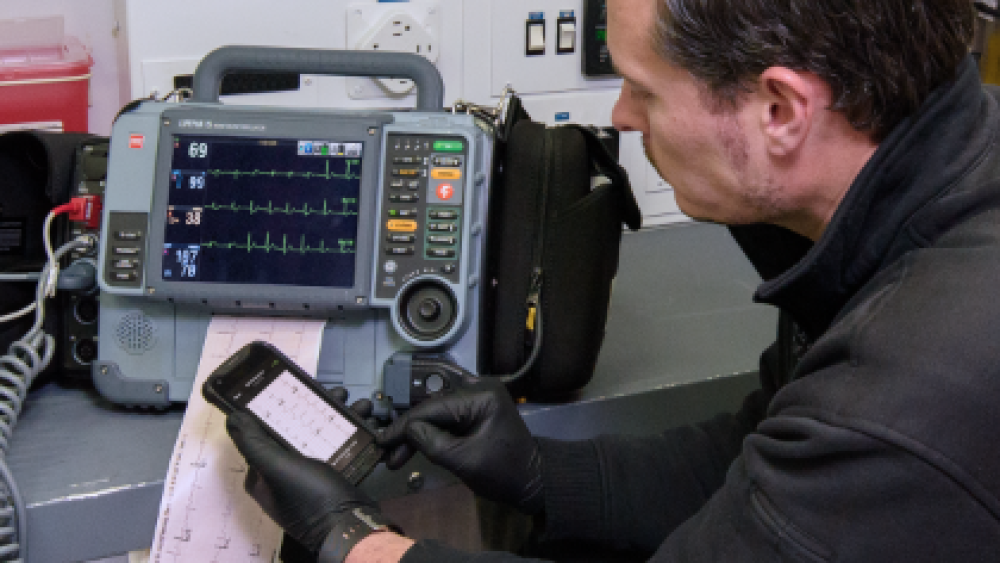This article originally appeared in the August 23, 2018 issue of the Paramedic Chief Leadership Briefing. Read the full briefing, Increase 12-lead frequency | 4 ways to motivate | Spinal motion restriction, and add the Paramedic Chief eNewsletter to your subscriptions.
Article updated October 23, 2018
How often do your patients with a primary impression of non-traumatic chest pain have a 12-lead EKG captured during the patient assessment? (add your answer to this EMS1 poll question)
The ESO EMS Index, a retrospective examination of ePCR data from more 1,000 EMS agencies, reported metrics for stroke, opioid overdose, capnography use, 12-lead EKG performance and aspirin administration. In 2017, 209,390 (4.17 percent) of 5.02 million patient encounters had a primary impression of non-traumatic chest pain. Three-quarters (75.9 percent) of those patients had a 12-lead documented. There was little month-to-month variability in the 2017 data.
Watching increases 12-lead use
In the 2018 mid-year update, embedded at the end of the article, the ESO EMS Index reported 12-lead EKG use had increased to 82 percent. It’s plausible that the Hawthorne Effect – telling paramedics that 12-lead use is being studied – is the cause of the 7 percent increase. It’s also likely more can be done to increase the frequency of 12-lead capture.
Keep improving 12-lead use
Here are ideas to continue improving the frequency of 12-lead capture.
- Positive reinforcement: Follow up the “we are watching” message with appreciation for measurable improvement to 12-lead metric.
- Gamify improvement: Gamification is a proven strategy to increase participation by recognizing individual and group efforts. Make achievements attainable and scalable.
- Provide training: The 12-lead is the “what” needs to be done. Make sure paramedics understand the “why” in addition to the “how” and “what” with online, classroom and simulation training. Offer training of increasing difficulty to maintain the interest and increase the mastery of experienced providers.
- Deliver feedback: Regular reporting needs to be timely, specific and personalized, and might be more effective if it comes from an influential person, who may be a peer, field supervisor, medical director or someone else.
- Discipline and remediation: If an individual provider, crew, shift or the entire agency falls below the current 12-lead capture metric for your agency by 10, 20 or 30 percent in a month or a quarter, discipline may be appropriate. Though I am suspicious if any improvements would be sustainable over time.
Which of these makes sense for your service? Is there a tactic you have successfully used and recommend to other EMS leaders? Email me about your successes.
How much do you want to improve
The ESO EMS Index recommends expanding the 12-lead EKG metric with other related chest pain metrics, such as time to capture, serial 12-leads for ACS patients or patient transport to an appropriate facility. Before implementing improvement tactics or calculating other STEMI metrics, decide how much you want to improve. It’s going to take a lot more time and resources to go from 82 to 95, to 99 percent.
ESO EMS Index 2018 by Ed Praetorian on Scribd
ESO WhitePaper MidYearUpdate-Final by Ed Praetorian on Scribd














